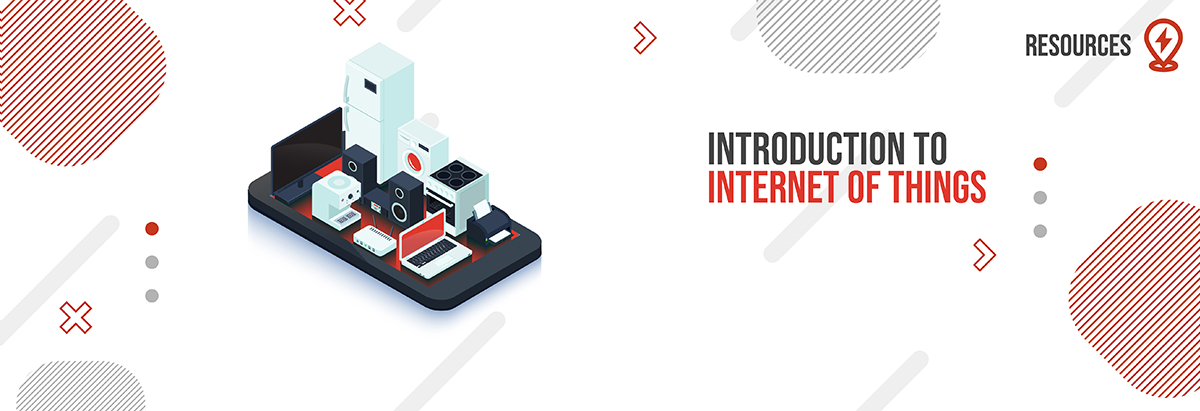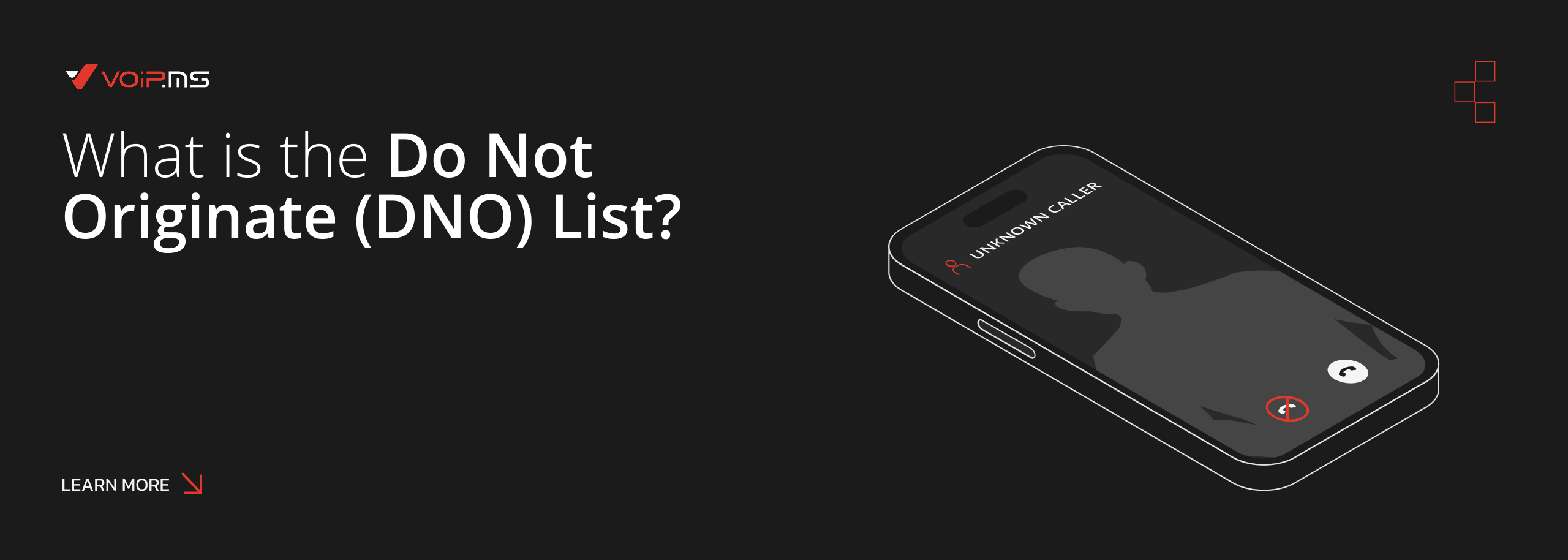Introduction to Internet of Things
11 May 2021Smart heating systems, fitness trackers, and connected toasters are just some of the everyday items being connected to the Internet as part of the Internet of Things (IoT). Connected objects and machines in factories and production lines offer the potential for the fourth industrial revolution and experts predict connected devices to increase to 43 billion by 2023.
In this article, we will discuss the Internet of Things, the IoT revolution, and how it makes consumer life much easier.
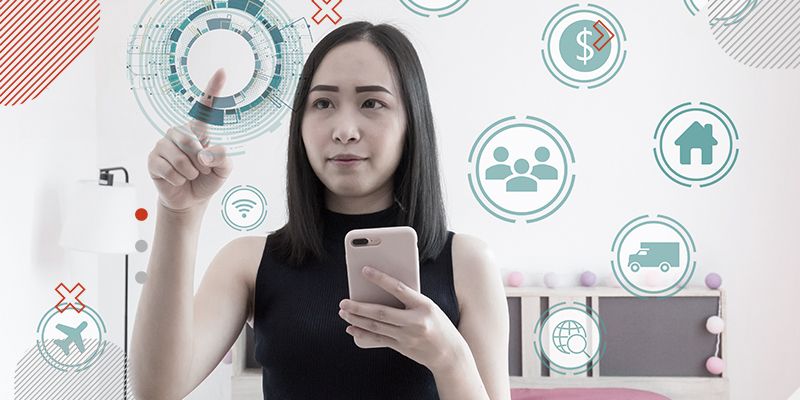
What Is the Internet of Things (IoT)?
In broad terms, the Internet of Things encompasses everything that is connected to the Internet. It refers to a system of interrelated and interconnected objects that can collect and transfer data over the network without any human intervention.
Internet of things already touches different aspects of our daily life and impacts most industries, globally. The scope for IoT is unparalleled. It is the reason why IoT has been described as the new industrial revolution that will have an impact on our lives as consumers, citizens, employees, and even business leaders.
IoT can range from company-wide industrial monitoring and control solutions to smaller consumer devices to monitor health and fitness and even citywide deployments which consist of several thousands of sensors to help people seamlessly use integrated services across social care and transport, among other things.
Internet of Things Revolution
From thermostats and thermometers to soil moisture sensors being used for optimizing the farmers’ yields – the Internet of Things is rapidly transforming the way humans live and work. Billions of smart devices around the world, in homes, on city streets, and hospitals, are continuously sharing and collecting data over the Internet, offering them a level of digital intelligence and autonomy.
Connected objects or devices fall into three domains. These are consumer IoT such as wearables, enterprise IoT that includes smart factories, and public spaces IoT such as waste management.
Organizations are using the Internet of Things for optimizing their supply chains, improving customer experience, and effectively managing inventory. Whereas, smart consumer devices like Amazon Echo are becoming more popular in homes due to the prevalence of low-power and low-cost sensors. Moreover, even cities have been deploying the Internet of Things technology for years now, to streamline everything from traffic flow to water meter readings.
For instance, every single building in New York City was installed with a wireless water meter. Therefore, replacing manual systems of reporting meter numbers entirely. Several cities around the world are now leveraging surveillance cameras, radiation sensors, and license plate readers to manage day-to-day operations.
In medicine, the Internet of Things is improving healthcare through robotic surgery, real-time patient monitoring, and devices such as smart inhalers. Moreover, in the last 12 months, IoT has played an invaluable role in helping government and medical officials to deal with the global pandemic.
IoT applications such as contact tracing devices, health monitoring wearables, and thermal cameras are offering critical data to help fight the deadly disease. In addition to healthcare, IoT has also made the Covid-19 disrupted supply chain industry more resilient. Automated activities in warehouses and promoting social distancing on the floor are just some of the ways IoT is offering a helping hand.
How the Internet of Things Makes Consumer Life Much Easier?
1. Smart Homes
There is no doubt that smart homes are on the rise. According to a 2019 survey, approximately 53% of Americans had a smart device in their home with 33% of the respondents saying they would consider buying a smart device in the next three years.
The Internet of Things in the living space has allowed people to control their home environment from a single source. Generally, it is the smart home app installed on their smartphone. Thus, allowing homeowners greater comfort, security, convenience, and energy efficiency. For instance, a smart home can determine when you are present inside the home, thus adjusting the lighting levels accordingly.
It happens because the connected devices inside your home are constantly collecting data and communicating with each other. Thus, allowing the smart home to build a portrait of your daily habits and routines.
Of course, a smart home makes your life convenient and much comfortable by automating your daily routine. However, it also helps the environment by ensuring you use energy only where you need it. For instance, if you forgot to switch off the light, the smart home will do it for you.
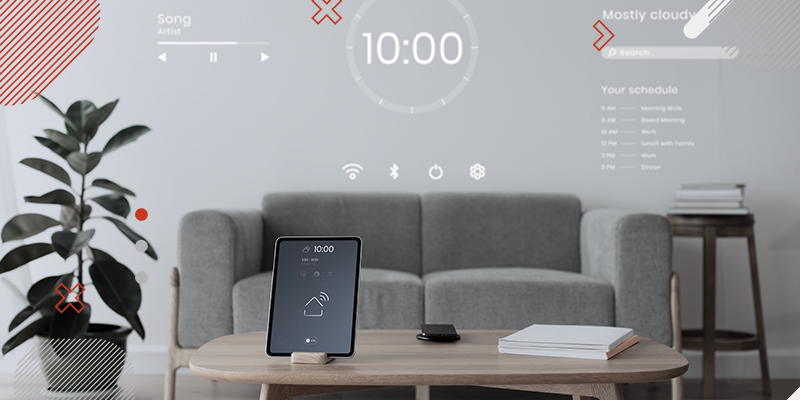
2. Smart Healthcare
IoT-connected objects and devices are continuously collecting and gathering data. Thus, opening up a whole new world of opportunities within the healthcare realm.
Consumers are using IoT wearable devices, thus giving them more control over how they want to manage their health and life in general. For instance, smart inhalers are equipped with sensors that connect to the mobile device and thus helping consumers to track their symptoms and usage much more efficiently. Moreover, it also helps consumers or patients to take their medication more consistently.
Consumers can also create reports using their smartphone and share them with the doctor for better and personalized healthcare treatment. Overall, the Internet of Things in healthcare provides consumers with more transparency around illness and symptoms. Therefore, providing the consumers with a more proactive approach to treatment and making their life much easier.
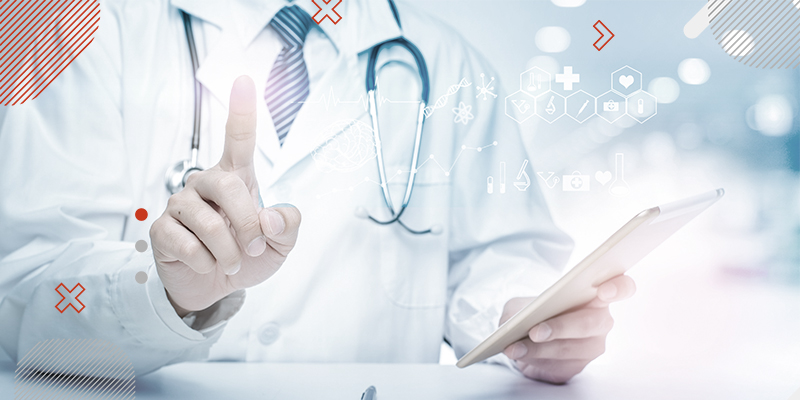
3. Smart Fitness
Internet of things had a significant impact on the way people exercise and maintain a healthy lifestyle these days. There are several activities and fitness trackers available in the market today that provide consumers with an accurate and detailed overview of their performance during the exercise routine.
These health trackers are helping consumers to continuously monitor their performance in the gym and make alterations to their lifestyle and fitness routine, based on the data collected by the fitness tracker.
4. Smart Vehicles
A smart vehicle is no longer a dream. Cars are already capable of seamlessly linking with smartphones and the Internet, to provide consumers with real-time traffic alerts. In addition to self-driving mechanisms, Internet-connected cars soak up tonnes of data each day. All of this data can be used for better predictive maintenance of the cars, improving in-car entertainment, and might even help with better designs for the roads.
Moreover, IoT-connected cars can also allow consumers to experience stress-free parking. Consumers often spend hours looking for parking spaces. IoT-enabled cars can help reduce that time significantly and therefore can improve the overall mobility on the streets immensely. Thus, offering a stress-free experience.
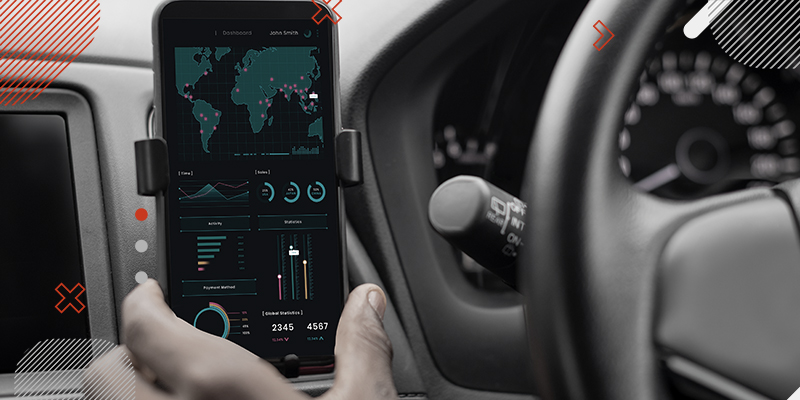
Final Thoughts
Internet of things has come a long way to impact almost all aspects of human life. With the main ingredient for Industrial Revolution 4.0, IoT will continue to impact our daily life going forward. While it remains to be the biggest technological innovation after the Internet, there are still security concerns around IoT. Nevertheless, IoT has significantly changed the lives of consumers over the last decade.
To make life easier for our customers, VoIP.ms has started offering IoT solutions thanks to the sequence API. Using this feature, you can check the status of your office or condo door from your phone. Moreover, you can also allow someone access to your office or condo door and can even find out who is in. Such is the convenience offered by the Internet of Things.
Share:
Back to Blog